Introduction: Why Bone Meal Deserves a Spot in Your Garden
If you’re striving for healthier plants with stronger roots, more vibrant blooms, and better yields, bone meal might be the secret ingredient you’re missing. Bone meal fertilizer is a time-tested, organic soil amendment that delivers a rich source of phosphorus and calcium—two essential nutrients for plant health. Used widely in organic and sustainable gardening, bone meal for plants is especially effective for root vegetables like onions, garlic, and potatoes, as well as flowering bulbs and fruiting crops.
But what exactly is bone meal? How is it made, when should you use it, and how much is too much? In this guide, we’ll answer those questions and more—helping you use bone meal the right way to support your garden's long-term success.
What Is Bone Meal?
Bone meal is a fine powder made from cleaned, sterilized, and ground animal bones—usually beef bones, but also fish bones in some formulations. It’s prized for its high phosphorus content (typically 12–16%), along with calcium and trace minerals. These nutrients promote strong root systems, flower production, and fruit set.
For gardeners who want a more sustainable or alternative source, fish bone meal offers similar nutrient benefits and is excellent for enriching garden beds naturally.
Learn more from our product video on Down to Earth Bone Meal. You can also watch our product video on Down to Earth Fish Bone Meal to learn more about how it supports healthy plant growth.
How Is Bone Meal Made?
Bone meal is produced from animal bones—typically a byproduct of the meat industry. The process involves several key steps:
- Collecting animal bones, usually from cattle or fish.
- Sanitizing by boiling or steaming the bones to kill pathogens and soften the material.
- Drying the bones completely to prevent spoilage.
- Grinding them into a fine powder, which can be applied directly or processed into pellets or liquid bone meal for faster nutrient absorption.
Steam-cooked bone meal (such as Down to Earth Steamed Bone Meal 3-15-0) is treated at high temperatures. This not only eliminates harmful microbes but also helps retain key nutrients, making it safer and more stable for garden use.
Bone Meal’s Nutrient Profile
Bone meal is valued for its high phosphorus and calcium content, essential for strong root development, flowering, and fruiting:
- Phosphorus (P): 12–16% – supports root growth, blooming, and fruit formation.
- Calcium (Ca): 20–25% – essential for cell wall strength and soil structure.
- Nitrogen (N): Minimal – less than 1%, so it won’t provide rapid leafy growth.
Because of its low nitrogen content, bone meal is best used alongside nitrogen-rich fertilizers (like blood meal or compost) to provide a more balanced nutrient profile.
How Bone Meal Fertilizer Works
Slow-Release Nutrient Supply
Bone meal fertilizer is a slow-release soil amendment. As it gradually breaks down, it steadily supplies phosphorus and calcium—essential for root development, flowering, and fruiting. It’s especially beneficial for:
- Bulbs and tubers (e.g., garlic, onions, potatoes)
- Flowering annuals and perennials
- Fruiting vegetables (e.g., tomatoes, peppers)
- Ornamental trees and shrubs
This long-term feeding supports consistent growth and healthier plants throughout the season.
Soil pH Considerations
Bone meal works best in acidic to neutral soils (pH below 7.0). In alkaline soil, phosphorus binds with calcium, making it unavailable to plants.
Always test your soil pH before applying bone meal or other phosphorus-rich amendments.
- If your soil is too alkaline, lower the pH using Cottonseed Meal, peat moss, Soil Sulfur, or acid-loving fertilizers.
- If your soil is already rich in phosphorus, try alternatives like Seabird Guano (high in phosphorus) or Oyster Shell Flour (high in calcium) for more targeted nutrition.
How Much Bone Meal Per Plant?
Proper application is key to avoiding over-fertilization and promoting balanced growth. Use these guidelines:
- Vegetable beds: 5–10 lbs per 100 sq ft
- Bulbs and transplants: 1–2 tablespoons per planting hole
- Potted plants: ½ cup per cubic foot of potting mix
- Trees: 1 lb per 2 inches of trunk diameter (spread from trunk to drip line)
Always mix bone meal into the soil rather than top-dressing. Its scent can attract animals like raccoons or dogs, which may dig up your garden.
Bone Meal for Different Plants
For Vegetables and Flowers
Bone meal is especially beneficial for:
- Root crops like carrots, garlic, onions, and beets
- Flowering annuals such as marigolds, cosmos, and petunias
- Perennials including roses, peonies, and daylilies
It promotes strong root development, abundant flowering, and better resistance to transplant shock. Bone meal's slow-release phosphorus is ideal for crops that require steady nutrition throughout the growing season.
Check out our Garlic Resource Center for even more information about garlic and the varieties we offer. Or, use our Garlic Selector Tool for a customized garlic list matched to your climate, gardening style, and flavor preferences.
For Trees, Shrubs, and Lawns
Bone meal also supports:
- Young trees and shrubs, helping them establish deep, stable roots
- Fruit trees during blooming and early fruit set
Bone meal is not typically used on established lawns, but it can be helpful during new turf establishment—such as when seeding or laying sod—due to its high phosphorus content.
However, for ongoing lawn care, a balanced turf fertilizer (with higher nitrogen and potassium) is better suited, as grass needs nitrogen for vigorous leaf growth and potassium for stress tolerance.
In phosphorus-deficient soils, bone meal enhances root anchorage, improves nutrient uptake, and promotes overall plant vigor, especially in the early growth stages.
Common Problems and How to Avoid Them
Soil Imbalance from Overuse
Applying too much bone meal can lead to excessive phosphorus, which may block the uptake of key nutrients like iron or zinc. Always test your soil before applying any phosphorus-rich amendment, and follow recommended rates.
Animal Attraction
Because it’s made from animal bones, bone meal may attract pets, raccoons, or coyotes. To minimize this:
- Mix it thoroughly into the soil—never top-dress
- Store unused bone meal in sealed, airtight containers
If odor is a concern, consider low-odor alternatives like Calphos (Soft Rock Phosphate) for phosphorus supplementation without the risk of attracting scavengers.
Conclusion
Bone meal for plants is a reliable, organic way to enhance soil fertility, support healthy root growth, and promote vibrant blooms and bountiful harvests. When used properly and in the right conditions, bone meal fertilizer can make a long-term difference in garden productivity.
Always begin with a soil test, follow application guidelines, and balance bone meal with other fertilizers as needed. For gardens focused on flowering, root crops, and fruit-bearing plants, it remains one of the most trusted organic fertilizers on the market. Explore all our bone meal products to find the right formulation for your garden.
FAQs About Bone Meal Fertilizer
What plants benefit from bone meal?
What are the advantages and disadvantages of bone meal fertilizer?
Is bone meal a good fertilizer?
What plants don't like bone meal?
What is bone meal made of?
What is the NPK ratio of bone meal?
How much bone meal per plant?
Which plants like bone meal the most?
Can I use bone meal with other fertilizers?







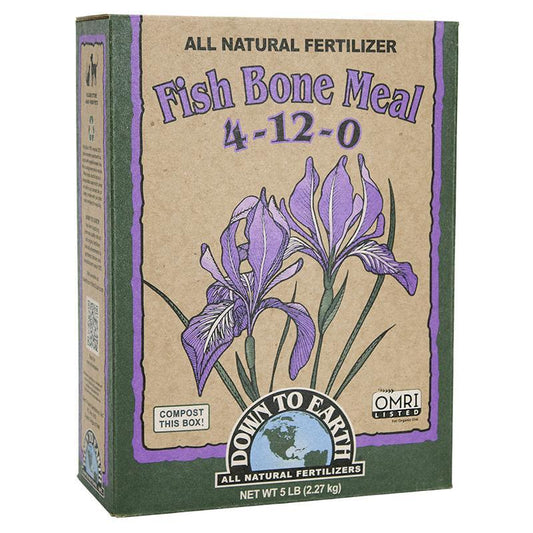
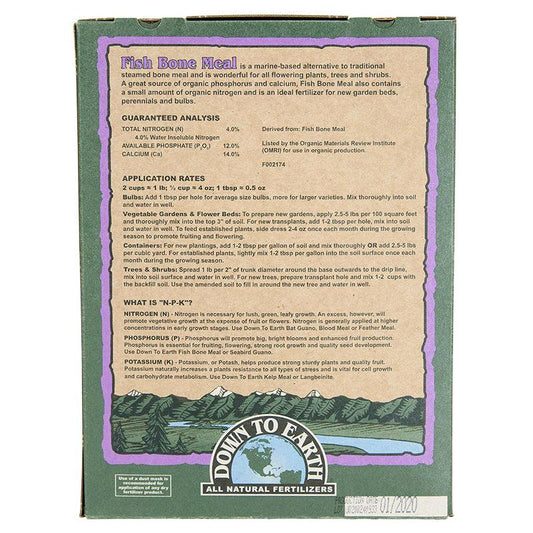
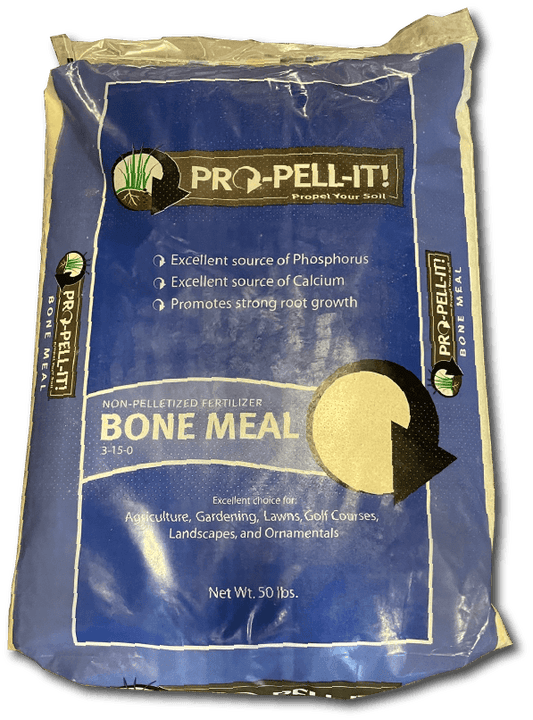
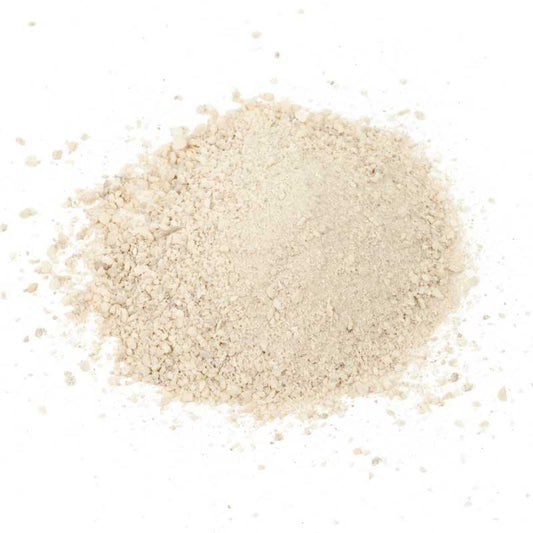
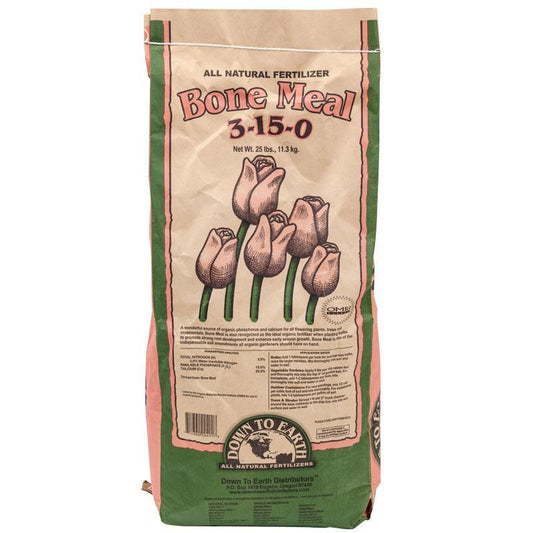
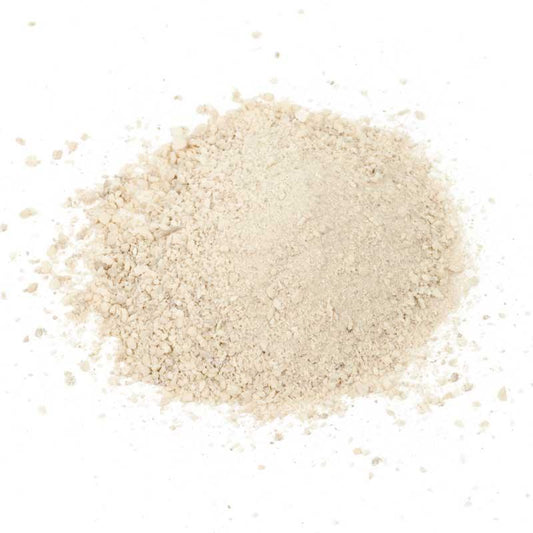
10 comments
Rose, please read the product label for directions on frequency of application.
How often can liquid bonemeal be used as a soil soak? Weekly, monthly, every few days?
hmm… bone meal hasn’t crossed my mind. But now this gives me an idea, and tips too! I will gladly follow, thank you so much! Nice article by the way.
Really good article. It’s gonna be the first time I’m using bone meal and I now know how to use it perfectly :)
Thank you!!!
Sipho, without looking at the worms, it is impossible to tell what they are. They would not be coming from the bone meal, since it is processed and dried. If you are worried you can move the garlic to new soil.